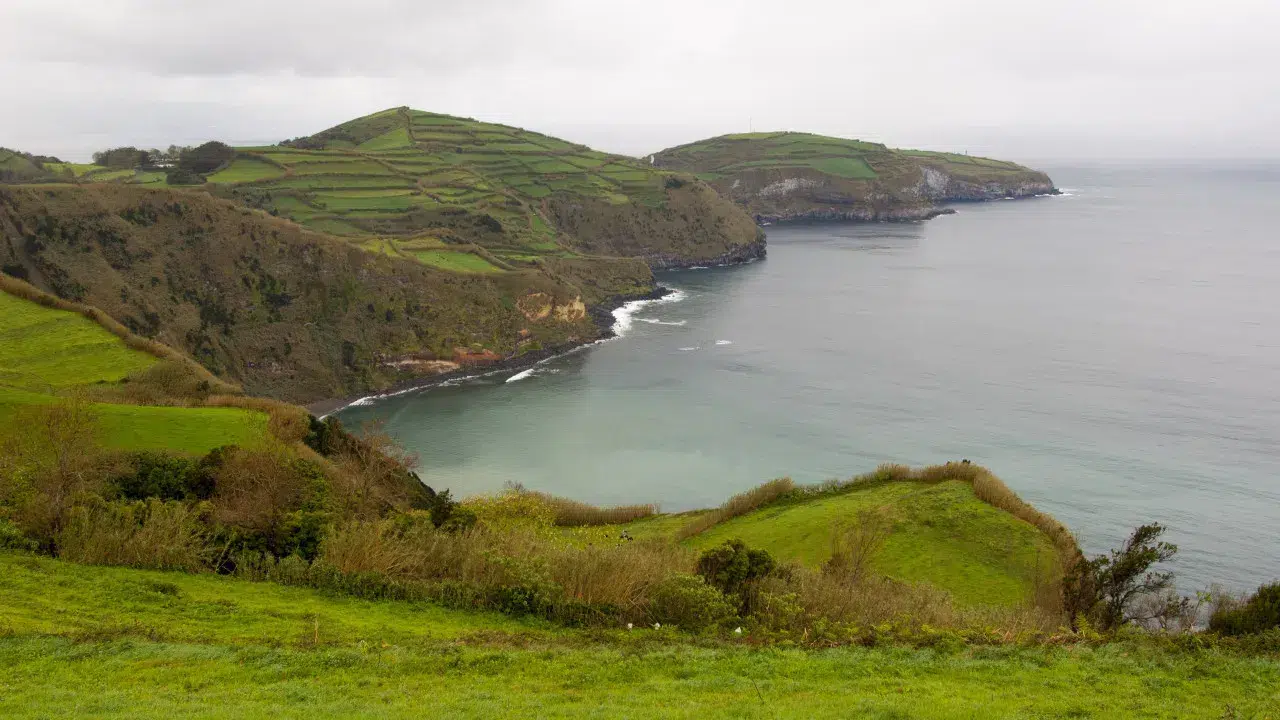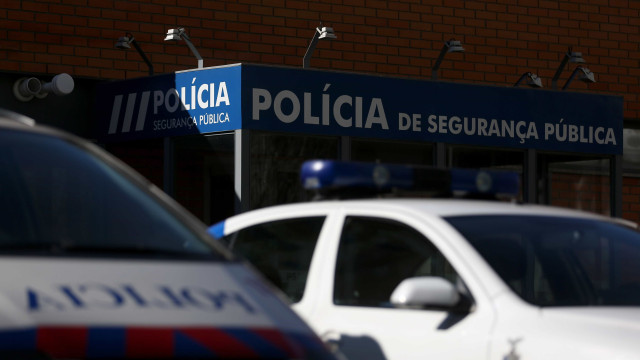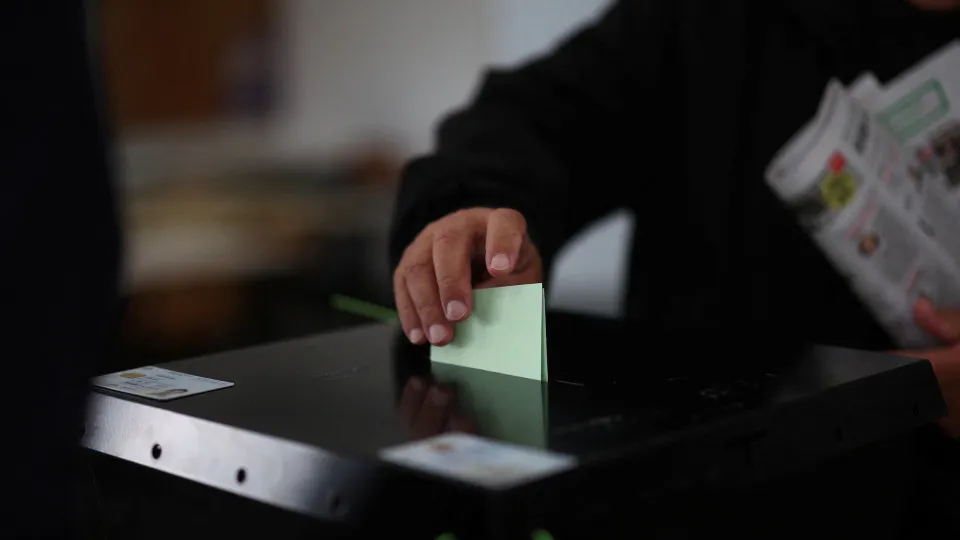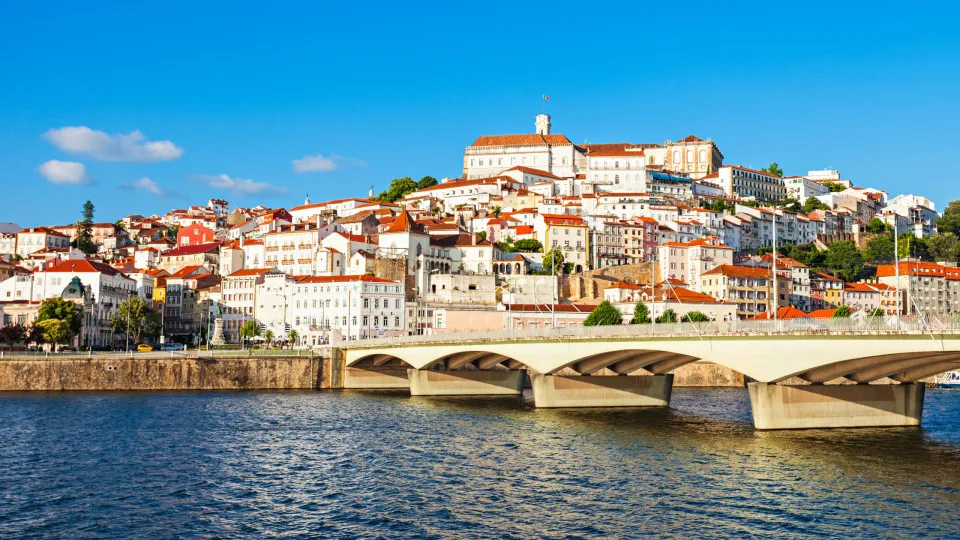
Seismic activity in the Azores continued on Tuesday with three tremors recorded in quick succession, according to the Center for Information and Seismic and Volcanic Surveillance of the Azores (CIVISA). The tremors occurred at 9:49 PM, 9:55 PM, and 10:07 PM local time (one hour ahead in Lisbon).
The first tremor registered a magnitude of 3.0 with an epicenter approximately 12 kilometers south of Faial da Terra, felt at a maximum intensity of IV (Modified Mercalli Scale) in the Povoação municipality.
The second tremor, with a magnitude of 3.7, had an epicenter about 14 kilometers south-southeast of Faial da Terra. It was felt at maximum intensity V in the Povoação municipality and intensity III in the Nordeste, Vila Franca do Campo, and Ponta Delgada municipalities, as stated by CIVISA.
The third tremor recorded a magnitude of 3.2 with a similar epicenter, 14 kilometers south-southwest of Faial da Terra, and was felt at a maximum intensity of IV within Povoação.
The Portuguese Institute for the Sea and Atmosphere (IPMA) also released reports on the seismic events, assigning magnitudes of 2.9 to the first tremor, 3.7 to the second, and 3.3 to the third.
This series of tremors is part of seismic activity registered since June 3 south of São Miguel Island, characterized by low-magnitude events located at sea, roughly between 10 and 20 kilometers south of the Povoação municipality.
“So far, the strongest earthquake reached a magnitude of 3.7, felt at a maximum intensity of V on the Modified Mercalli Scale in Povoação,” it states.
CIVISA noted that the observed activity pattern “indicates seismicity may persist in the coming hours, possibly leading to more perceptible tremors.”
The agency recommends residents follow preventive measures outlined by civil protection authorities, advising against areas near unstable slopes and coastal cliffs, as well as staying in buildings with low earthquake resistance.
According to the Richter scale, earthquakes are classified by magnitude as micro (less than 2.0), very minor (2.0-2.9), minor (3.0-3.9), light (4.0-4.9), moderate (5.0-5.9), strong (6.0-6.9), major (7.0-7.9), great (8.0-8.9), exceptional (9.0-9.9), and extreme (over 10).
The Modified Mercalli Intensity Scale measures the “degrees of intensity and respective descriptions.”
An intensity III shock is considered weak, noticed indoors with hanging objects swaying and a “vibration similar to passing heavy trucks,” describes IPMA on its website.
An intensity IV, viewed as moderate, causes “suspended objects to swing, a vibration resembling passing heavy trucks or the impact of a large ball against walls, parked cars rock, windows, doors, and dishes rattle, glassware clinks, and at the higher end, walls and wooden structures creak.”
An intensity V, deemed strong, the shake is “felt outdoors, movement direction can be assessed, people are awakened, liquids oscillate and sometimes spill, small objects in precarious balance move or topple,” according to IPMA.




